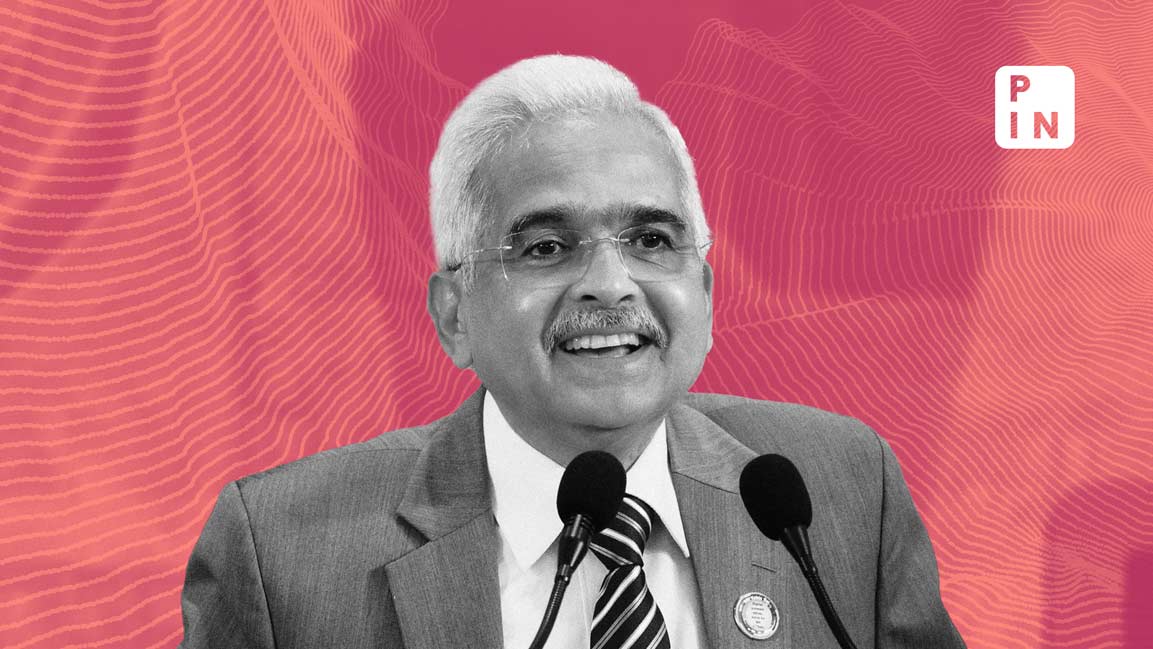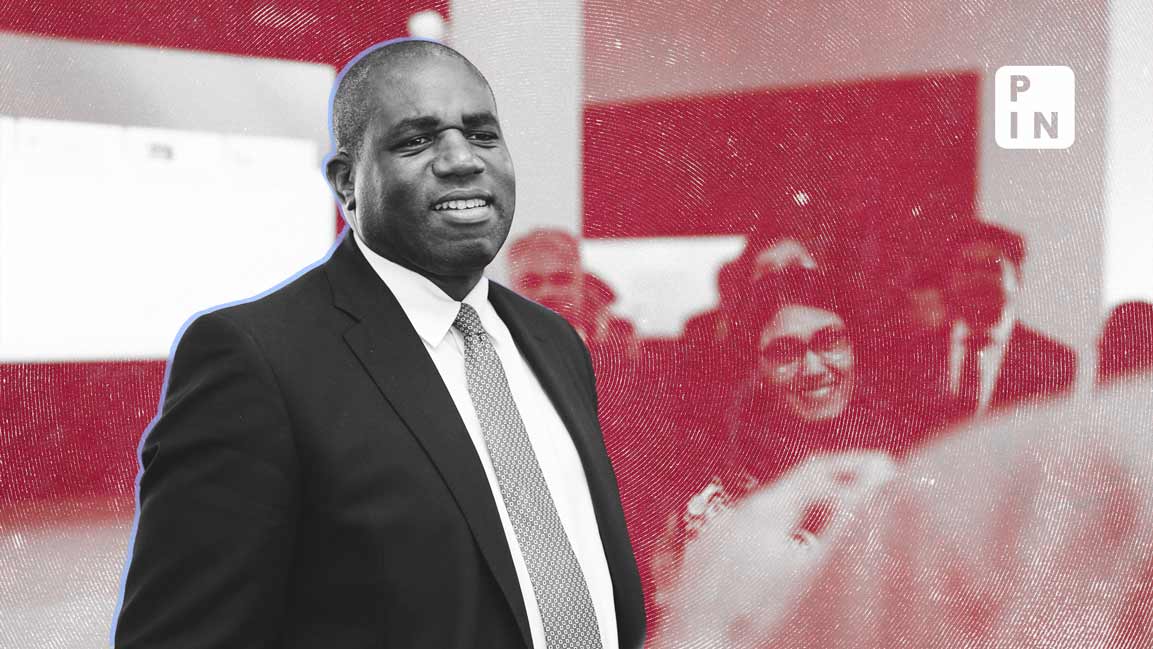- | 4:38 pm
RBI maintains status quo on interest rates
RBI's monetary planning committee also decides to remain focused on withdrawal of accommodation to ensure inflation progressively aligns with the target while supporting growth

The Reserve Bank of India (RBI) on Thursday maintained status quo on interest rates, retaining its policy rate at 6.5% for a sixth consecutive time in the wake of geopolitical uncertainty as well as its focus on reining in inflation.
The RBI’s interest-rate setting monetary planning committee (MPC) also decided to remain focused on the withdrawal of accommodation to ensure that inflation progressively aligns with the target while supporting growth.
The MPC also retained the standing deposit facility (SDF) rate at 6.25%, and the marginal standing facility (MSF) rate and the bank rate at 6.75%.
“Taking into account the growth-inflation dynamics and the fact that transmission of the cumulative 250 basis points (bps) policy rate hike is still underway, the MPC decided to keep the policy repo rate unchanged at 6.5%,” RBI governor Shaktikanta Das said.
RBI had raised the benchmark interest rate, or repo rate, by 2.5%, or 250 bps, between May 2022 and February 2023. One basis point is one-hundredth of a percentage point.
Das said the central bank is of the opinion that the full impact of this rate hike on lending rates and deposit rates has yet to be fully realized.
The central bank governor said headline inflation had moderated to an average of 5.5 % in April-December from 6.7% in the same period of the previous year, but food price inflation “continued to impart considerable volatility to the inflation trajectory.”
“The inflation trajectory would be shaped by the outlook on food inflation, about which there is considerable uncertainty. Adverse weather events remain the primary risk with implications for the rabi crop. Increasing geopolitical tensions are leading to supply chain disruptions and price volatility in key commodities, particularly crude oil,” Das said.
Considering these factors, Consumer Price Index (CPI) inflation is projected at 5.4% for the current fiscal, with 5% forecast for the current quarter. Assuming a normal monsoon, CPI inflation for 2024-25 is projected at 4.5% with 5% in the April-June quarter, 4% in the July-September quarter, 4.6% in the third quarter and 4.7% in the final quarter.
Rajani Sinha, chief economist at Care Edge, said the RBI move was largely in line with market expectations.
“While overall inflation is projected at an average of 4.5% for FY25, it is important to note that the disinflationary trend is not being sustained, with a marginal increase in inflation in the third and fourth quarter of FY25,” Sinha said.
The RBI has maintained the stance as ‘withdrawal of accommodation’ while reiterating its objective of achieving a 4% inflation target on a durable basis and the need for further transmission of policy rate cuts by the banks, she added.
“We feel RBI would remain cautious in the future given the high food inflation risks. Healthy economic growth allows RBI to maintain the status quo for some time. However, as domestic inflationary concerns recede and the US Fed starts cutting rates, we can expect a shallow rate cut by RBI.
Liquidity mechanics
On the liquidity front, Sinha said RBI will continue intervening through appropriate tools as required.
In his speech following the MPC meeting, Das indicated that RBI may use liquidity adjustment measures if needed. He said, “So far as liquidity conditions are concerned, these are being driven by exogenous factors, which are likely to correct in the foreseeable future, aided by our market operations.”
“RBI remains nimble and flexible in its liquidity management through two-way main and fine-tuning operations in both repo and reverse repo. We will deploy an appropriate mix of instruments to modulate both frictional and durable liquidity so as to ensure that money market interest rates evolve in an orderly manner and financial stability is maintained,” he said.
Liquidity conditions between April and August 2023 had remained satisfactory before slipping into a deficit in September last year, Das said, adding that in December-January, RBI proactively injected liquidity through the main and the fine-tuning repo operations to ease liquidity tightness in the system.
“With government spending picking up and augmenting system-level liquidity, RBI undertook six fine-tuning variable rate reverse repo (VRRR) auctions during February 2-7 to absorb surplus liquidity,” Das said.
RBI uses liquidity management tools like VRRR to manage surplus liquidity in the system by offering to borrow funds from banks for a specified period at a variable interest rate. Banks participating in this auction submit bids mentioning the rate they will lend to RBI. The central bank then starts accepting bids starting from the lowest interest rate and continues till it absorbs the desired interest amount.
Das said the reversal of liquidity facilities under SDF and MSF, even during weekends and holidays, announced in its December policy statement, facilitated better funds management by the banks.
Rupee stable
Das said that as of 7 February, the rupee has remained stable compared to its emerging market peers and a few advanced economies.
He said, “In terms of coefficient of variation (CV), the INR exhibited the lowest volatility in 2023-24 (April to January) compared to the corresponding period in the previous three years,” adding that that the exchange rate of the Indian rupee is market-determined.”
“Its relative stability despite a stronger US dollar and elevated US treasury yields reflects the strength and stability of the Indian economy, its sound macroeconomic fundamentals, financial stability, and improvements in India’s external position, particularly the significant moderation in the current account deficit, comfortable foreign exchange reserves and return of capital inflows, Das said.
Mixed bag for real estate
“Going forward, we can expect the momentum in housing sales to continue, significantly aided by the unchanged repo rates, which will keep home loan interest rates attractive and also signal ongoing robustness of India’s positive economic outlook,” Anuj Puri, chairman at real estate firm Anarock, said.
Average housing prices last year rose between 10-24% in the top seven cities, with Hyderabad seeing the highest 24% jump. The average prices in these markets stood at about Rs7,080 per sq. ft, while in 2022, it was Rs6,150 per sq. ft. – a collective increase of 15%, Anarock research showed.
Samantak Das, chief economist and head at global real estate service company JLL said, “We are hopeful that a future repo rate cut would give a massive fillip to affordability in 2024, which will be second only to 2021 peak affordability levels reported in JLL’s Home Purchase Affordability Index. This is likely to push India’s residential sales in value terms to over ₹3 trillion over the next year, with the potential to double over the next five years, supported by the policy ecosystem and a pragmatic interest rate regime.”
NBFCs upbeat
Reacting to the MPC’s decision to keep the repo rate unchanged, Abhay Bhutada, managing director of Poonawalla Fincorp, said, “The RBI’s prudent decision to maintain the repo rate at 6.5% underscores a judicious approach towards India’s economic trajectory, particularly benefiting NBFCs. This unwavering policy stance alleviates any additional financial burden on customers, fostering a conducive environment for sustained sectoral growth.”
Sensex lowers
Stocks declined on Thursday following the central bank’s decision, with the benchmark Sensex diving 1%, or 723.57 points, to 71,428.43, while the Nifty fell 1%, or 212.55 points, to 21.717.95.













